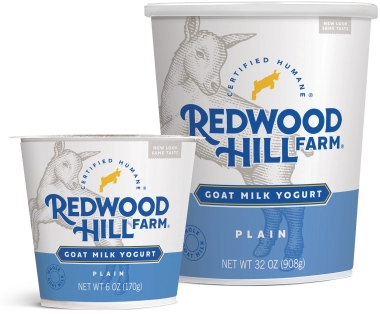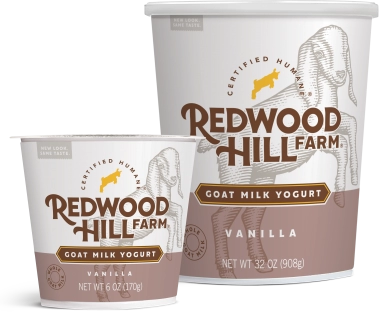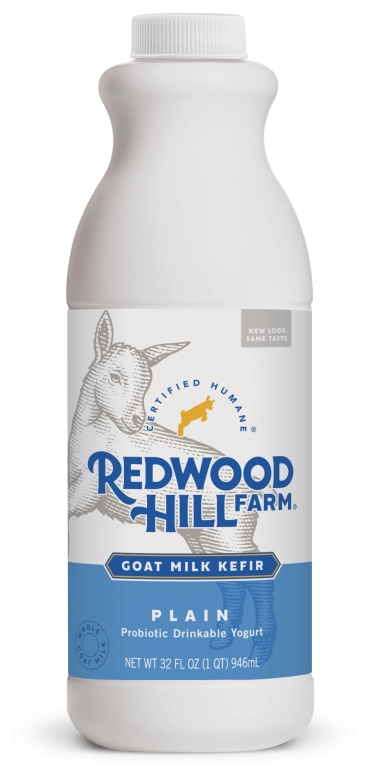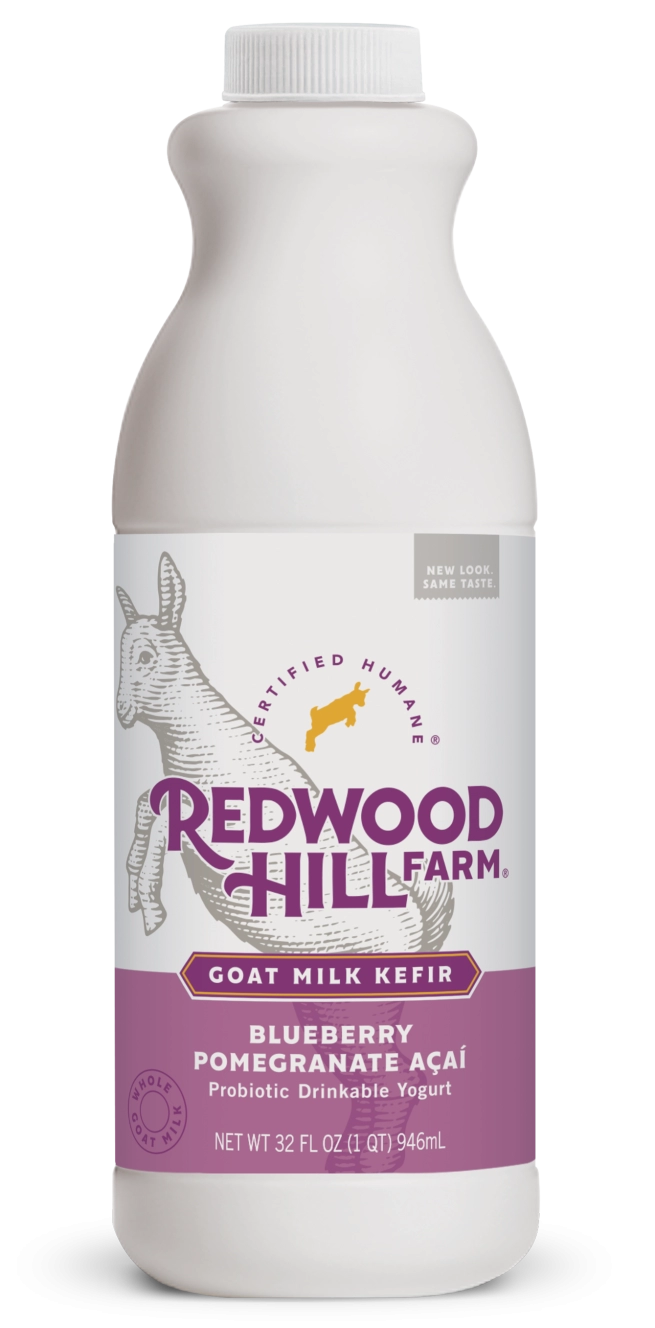Conserving precious water is on our minds as we are facing another year of severe drought in California. We’re resilient folks, and are constantly looking at ways in which we can do our part at the Farm as well as at the creamery. Redwood Hill Farm Manager Scott Bice’s most recent water-saving project on the farm is one we’re very excited about. We are now growing some of our goat’s feed, a drought-tolerant, leafy shrub called Tagasaste, right on the farm – and the goats love to eat it.

Chamaecytisus palmensis, “Tagasaste”, is a small-spreading evergreen tree that can grow 9-12 feet high. A native plant of the Canary Islands, Tagasaste is grown and used widely for animal feed in New Zealand as well as in Australia and other parts of the world. (Cytisus proliferus is another varietal, and it is also commonly known as Tree Lucerne)
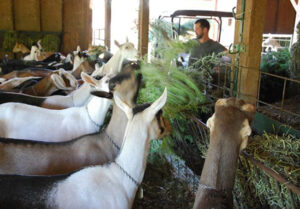
Tagasaste is also a well known “fertilizer tree”. Fertilizer trees are used in agroforestry and permaculture designs to improve the condition of soils on farmland. As a member of the legume family, it is a nitrogen fixer: it captures nitrogen from the air and puts it in the soil through the roots and falling leaves. The trees can also bring nutrients from deeper in the soil up to the surface for other crops with roots that can’t reach that depth. (Source: New Zealand Tree Crops Association · NZTCA )
At Redwood Hill Farm, we’ve started with half an acre trial in an open area of our apple orchard. The trees love the loamy soil, have proved to use little water once established, and are adapting well.
Besides a green feed crop for animals, Tagasaste provides shade and shelter, controls erosion, and serves as habitat for birds, some of which eat and control pests.
There are multiple reasons we decided to plant Tagasaste trees on our farm:
- They are perennial shrubs that need very little water and that, once sheared, re-grow and produce more forage on less acreage than traditional goat feed like alfalfa and grass hay. In our northern California climate, growth slows during the shorter and colder days. It is evergreen, but we harvest just 7-8 months of the year.
- High in protein, Tagasaste is nutrient-dense—an important factor for our goat’s diet.
- With Tagasaste we can eliminate a portion of the alfalfa and other hays that are otherwise trucked in for the goats. Because of the drought, feed prices are ever rising – this doesn’t only reduce our carbon footprint, but is a good business decision as well.
- Tagasaste blooms are high in pollen and nectar for our bees at a time when other sources are scarce; flowering occurs from Winter to very early Spring.
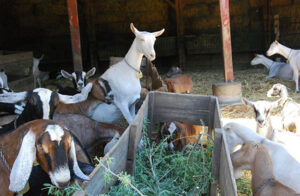
And the final reason we’re excited about Tagasaste? Our goats love it!
